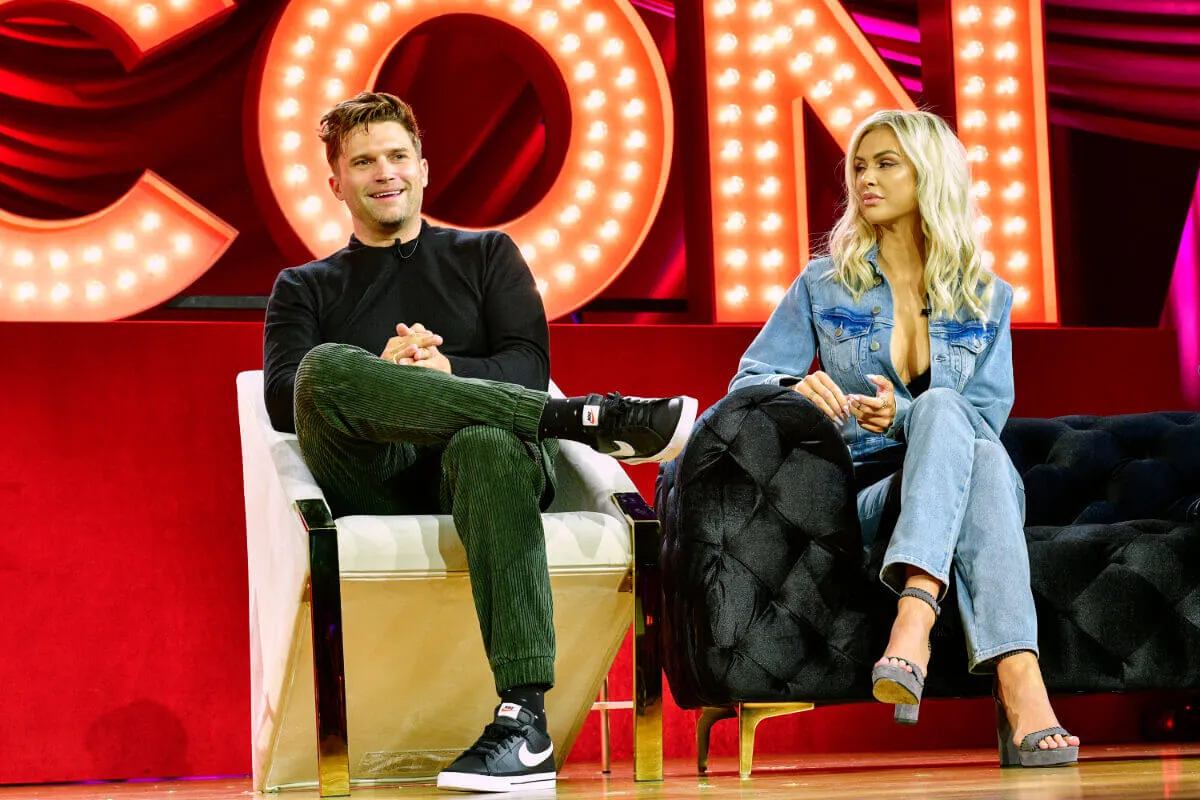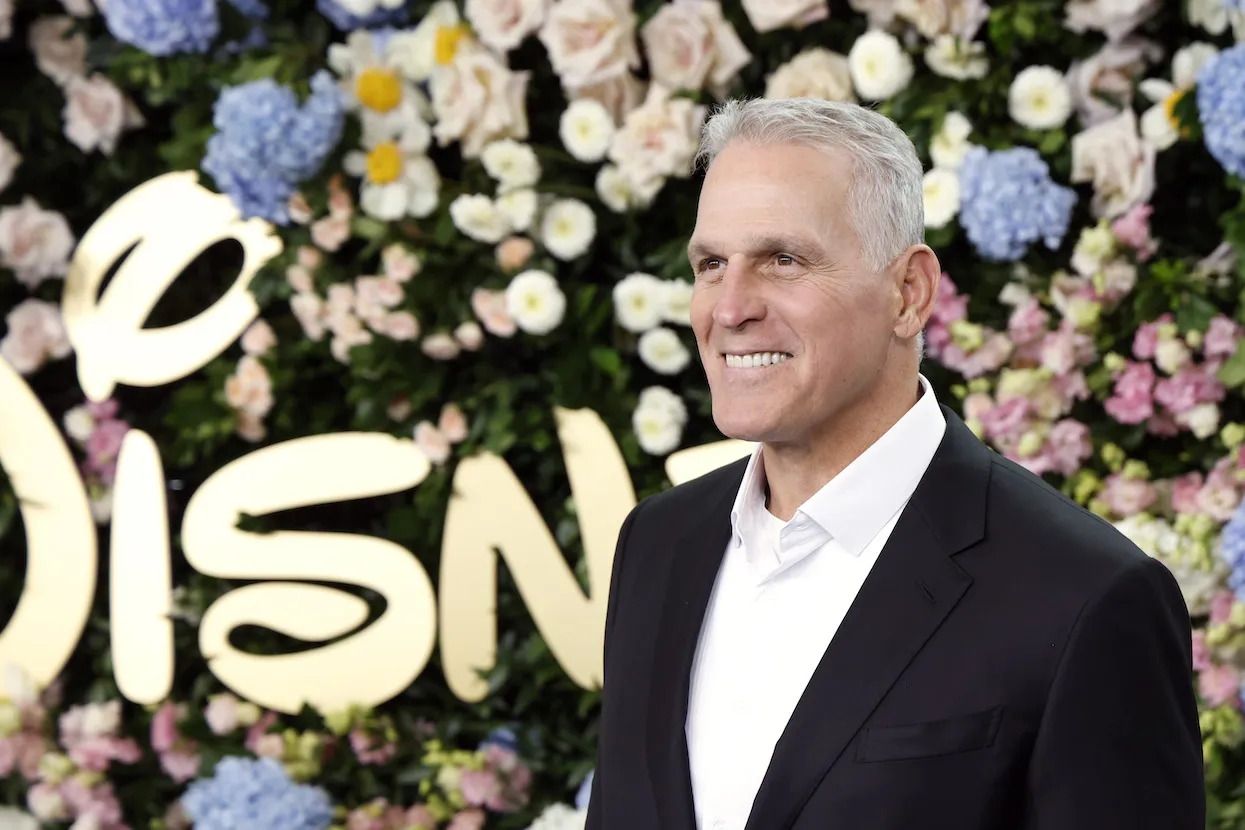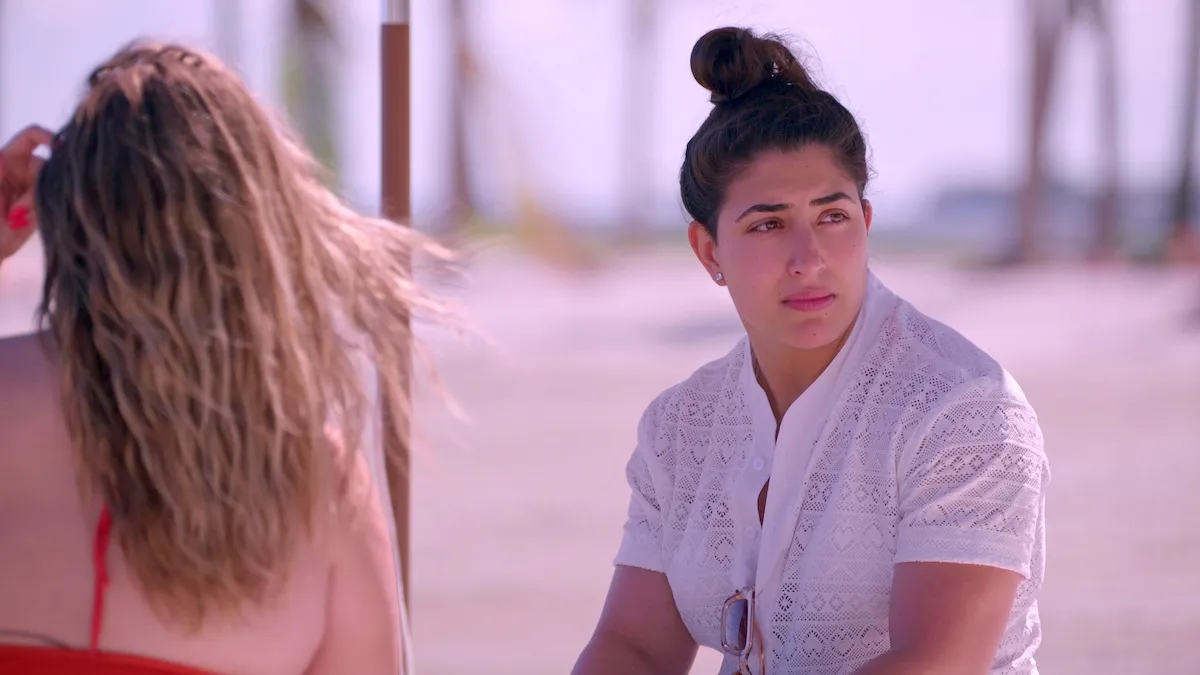Etta James’ Earth-Shaking Rendition of ‘I’d Rather Go Blind’ Had John Paul Jones on Bass
If you want to know what a band on top of the world looks like, check in on Led Zeppelin circa 1975. In March, the band released Physical Graffiti on its own label, Swan Song. And within two weeks, the double album hit No. 1, bringing all five previous Zeppelin albums back onto the charts with it.
But the members of the Zep didn’t plan to rest on their laurels. In June, Robert Plant and Jimmy Page met up in Morocco with plans to record local musicians. After that adventure, they caught up with John Paul Jones and John Bonham to begin a year of “tax exile” in Montreux, Switzerland.
In July, Jones got an invite to play bass for Etta James (1938-2012), the powerhouse singer playing that summer’s Montreux Jazz Festival. While Jones had played with just about everyone (James included) in his pre-Zeppelin days, he still might have not been prepared for James’ treatment of “I’d Rather Go Blind” that night in Montreux.
John Paul Jones played with Etta James at the Montreux Jazz Festival during Led Zeppelin’s tax exile year
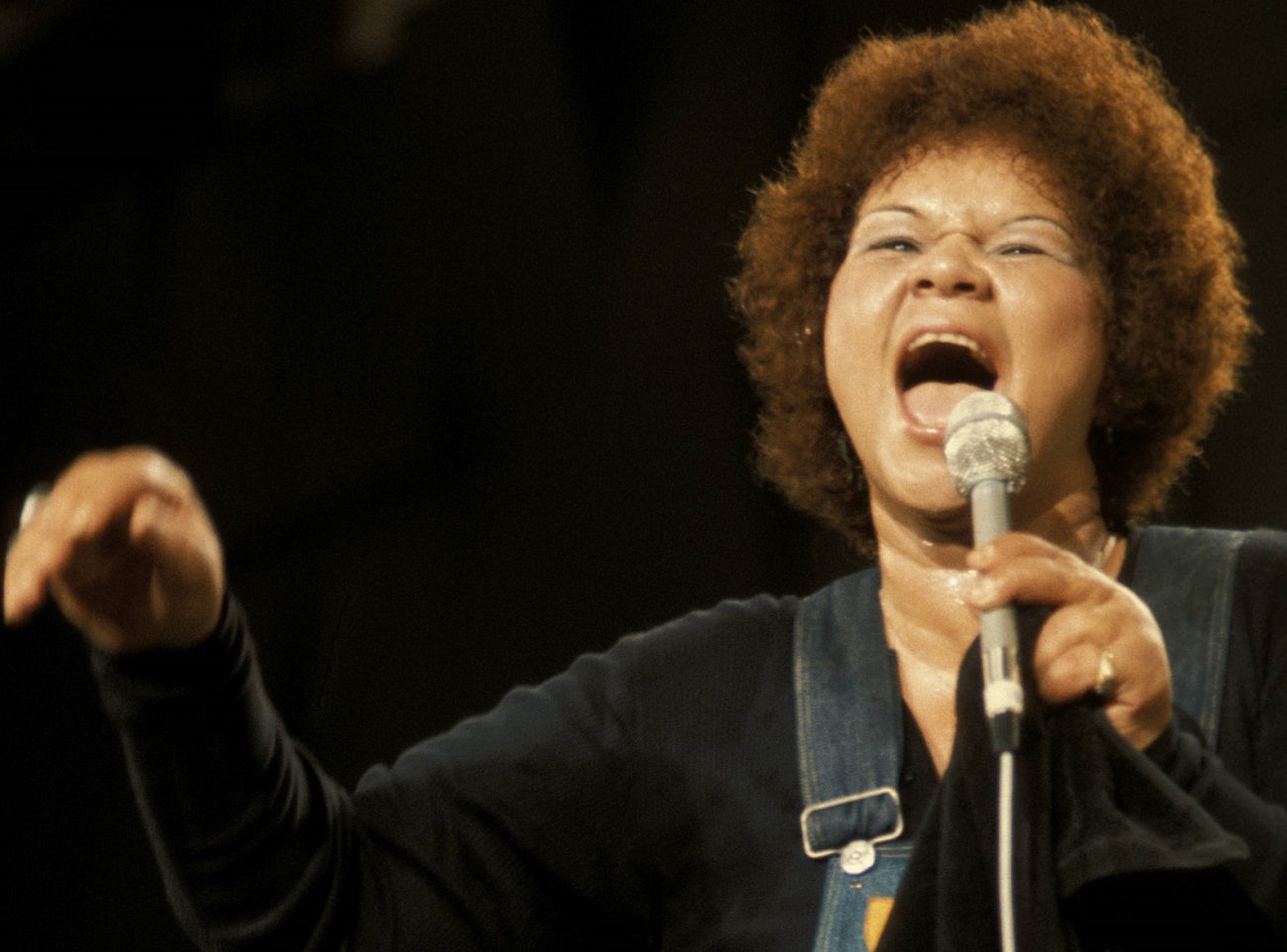
By 1975, Etta James was in her third decade in show business. She’d performed with Elvis Presley in the ’50s; recorded signature tracks “At Last” and “A Sunday Kind of Love” in the ’60s; and kept recording and performing into the ’70s.
As a performer, she could command an audience on a level few have ever matched. In ’75 at Montreux, when she took up “I’d Rather Go Blind” (which she co-wrote the previous decade), James came close to leaving the stage a pile of burnt embers.
Right from the start, you can see what a force of nature James was. At various points, she lets her massive voice carry through the hushed room without the use of a microphone. All the while, she plays with the crowd and wails the song’s sad, defiant story.
James had a heck of a band backing her that night in Montreux, and she makes full use of it over the eight minutes of “I’d Rather Go Blind.” It’s something you have to hear (and see) to believe. Jones has plenty of moments on bass.
Brian Ray of Paul McCartney’s band was James’ musical director during the Montreux period
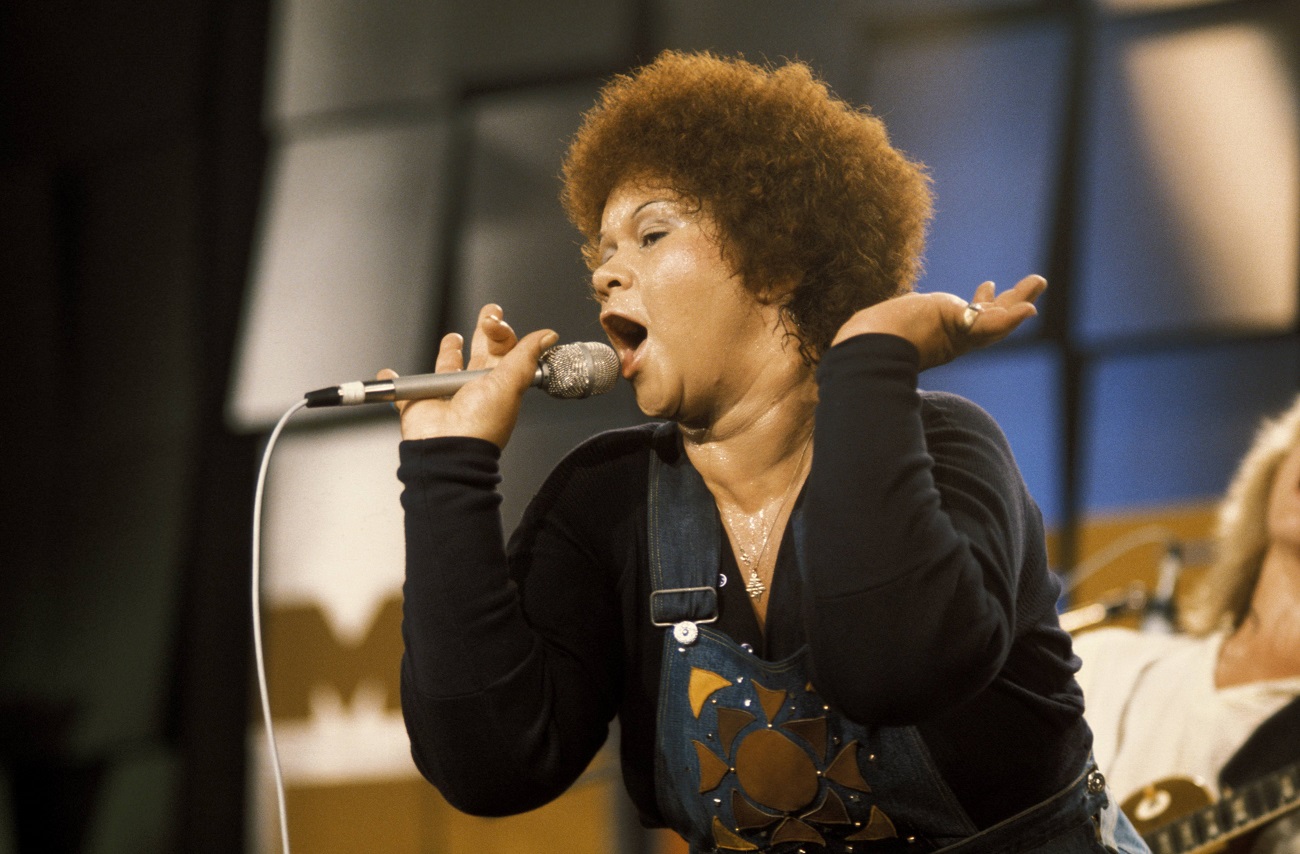
John Paul Jones wasn’t the only brand name in rock on the stage that night in Montreux. Brian Ray, who started playing guitar in Paul McCartney’s band in 2002, was serving as James’ musical director at the time Jones sat in with the band.
Ray, who was just getting his start in the business, couldn’t believe he had the chance to meet and play with Jones that night in Montreux. “Me, skinny little 19-year-old kid with blond hair halfway down my back was the bandleader, teaching Zep’s bassist Etta’s songs,” Ray recalled (via the Led Zeppelin website).
Ray also had the chance to meet Page and Plant after the show. “Page pulled me aside and asked to play my ’57 Les Paul, and told me he thought he had met me in a past life [wow!!],” Ray recalled. “Then they invited me to dinner — Racqlette in a chalet in the Alps — with Led friggin’ Zep!!” It was a magical night all around.
